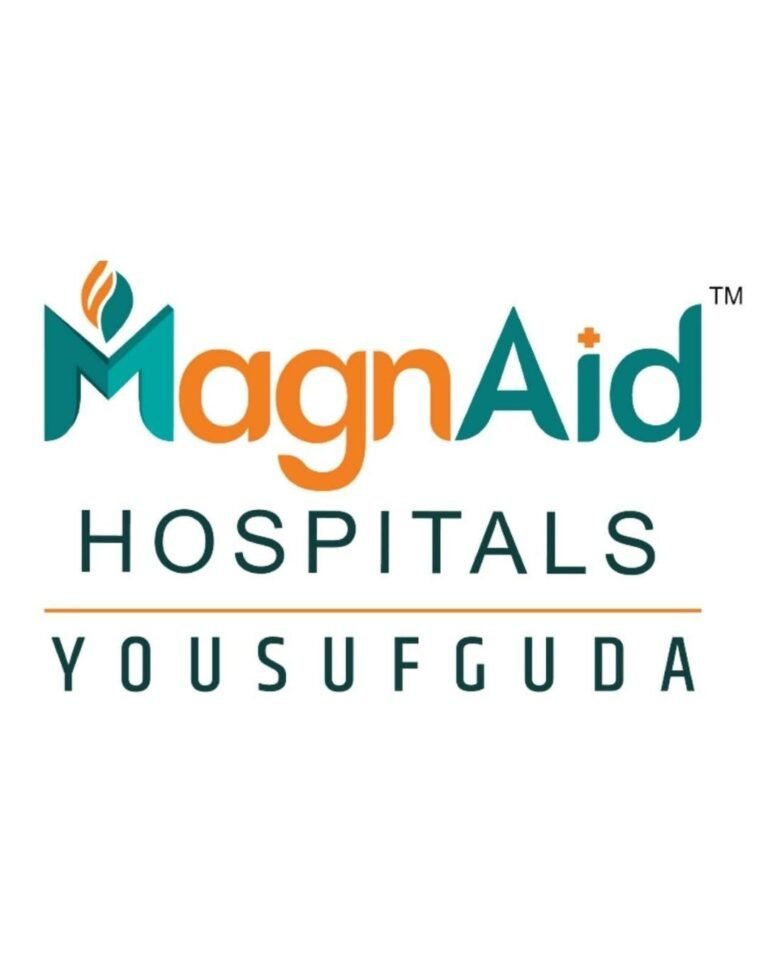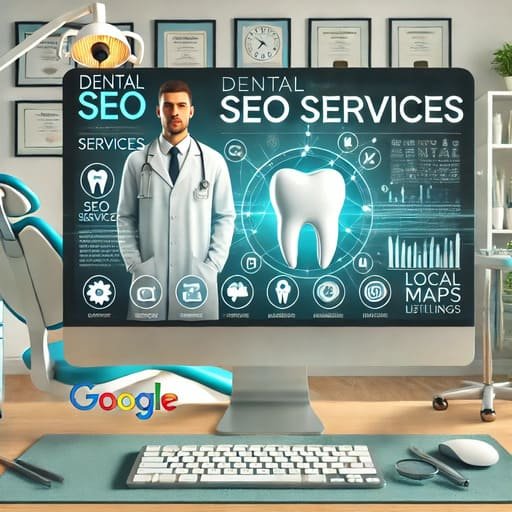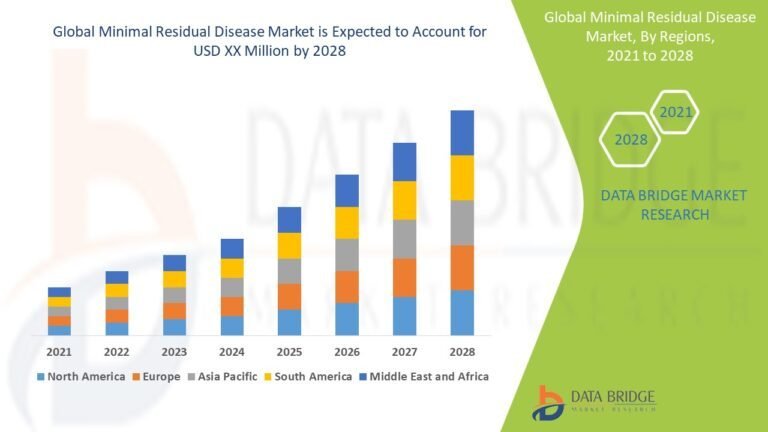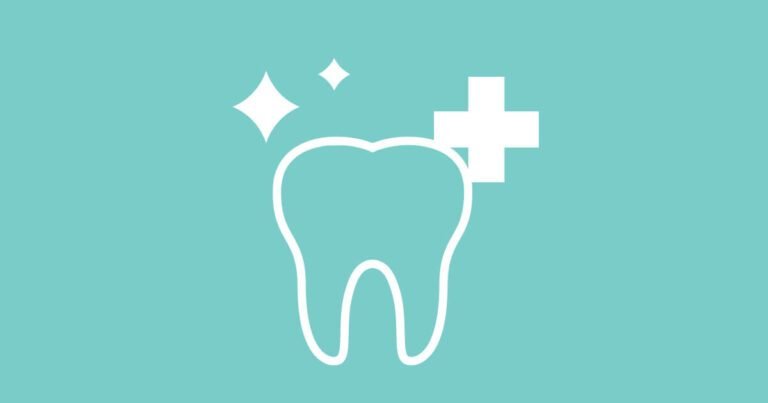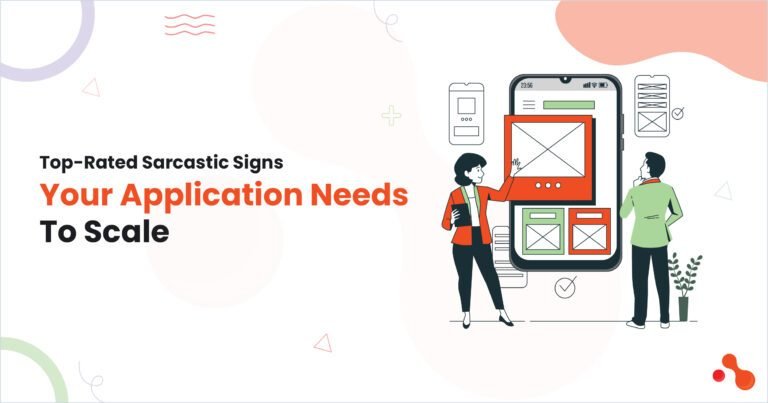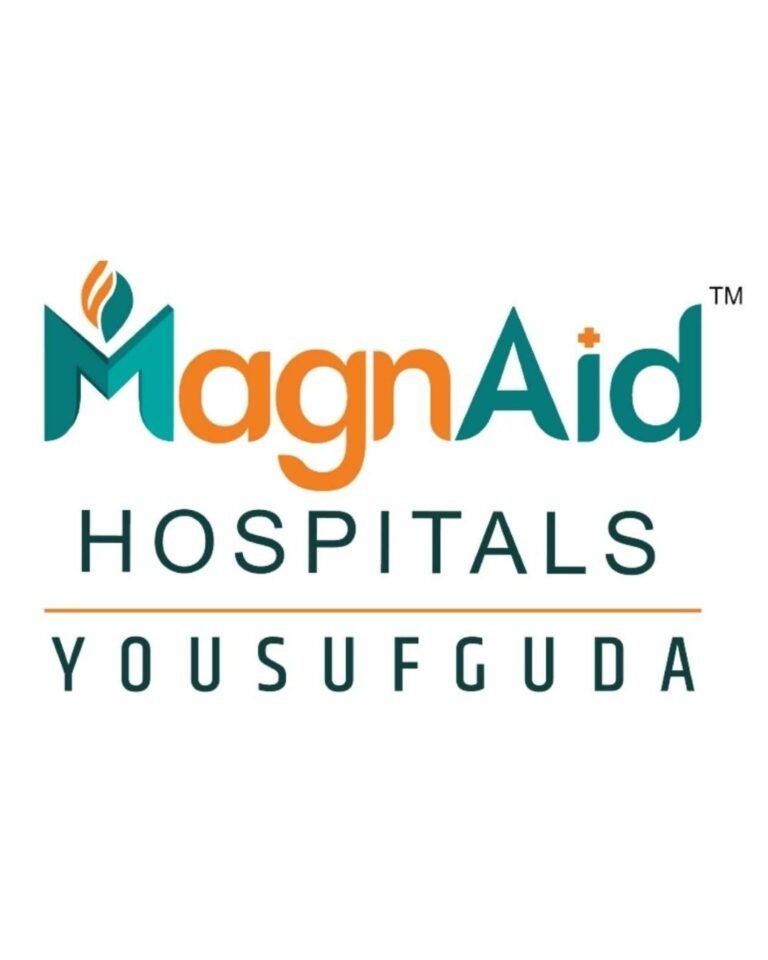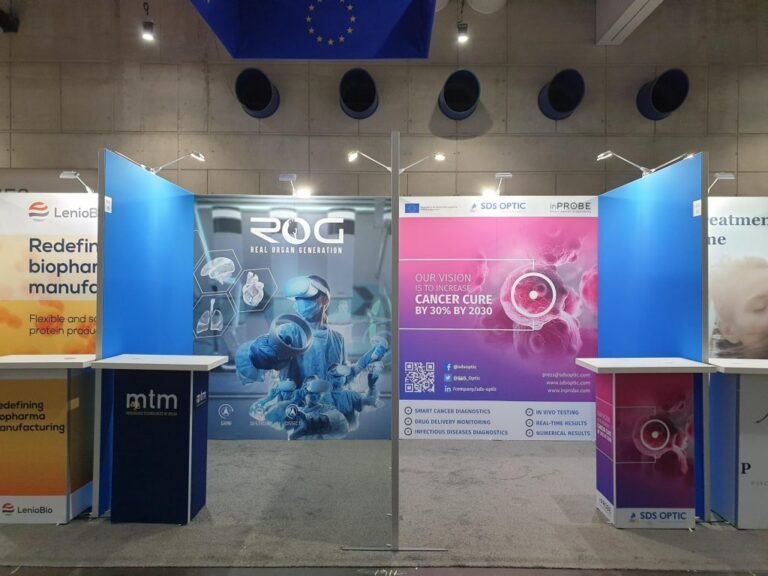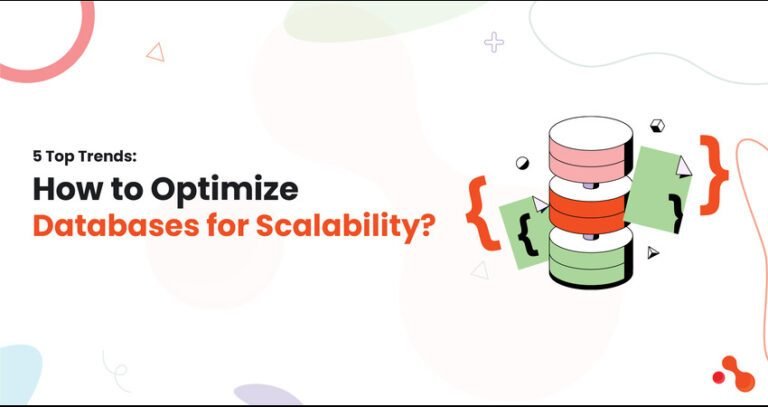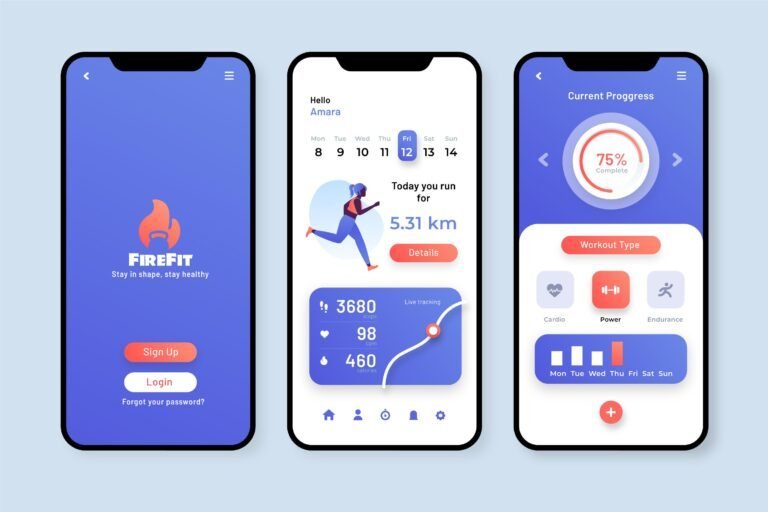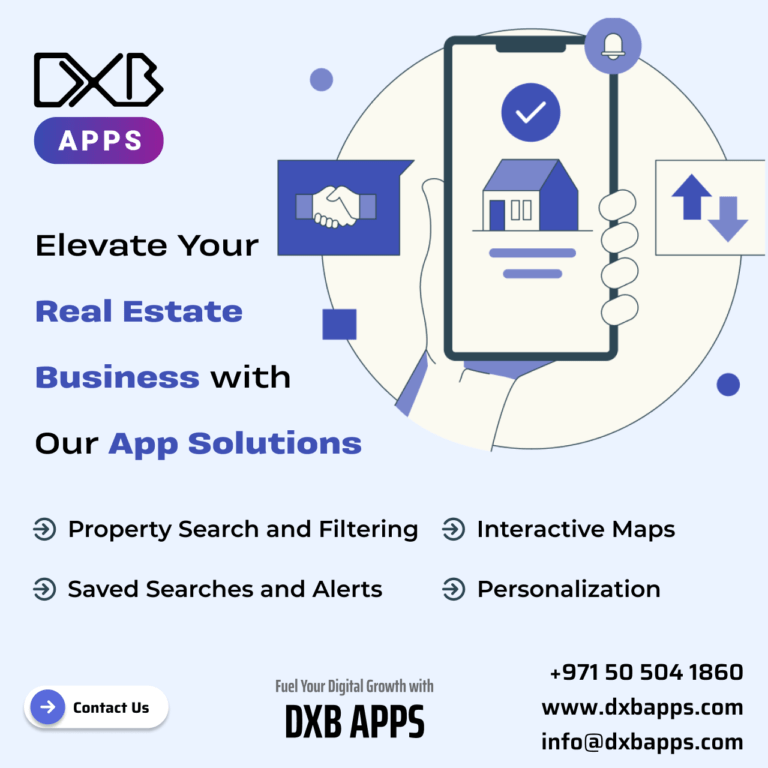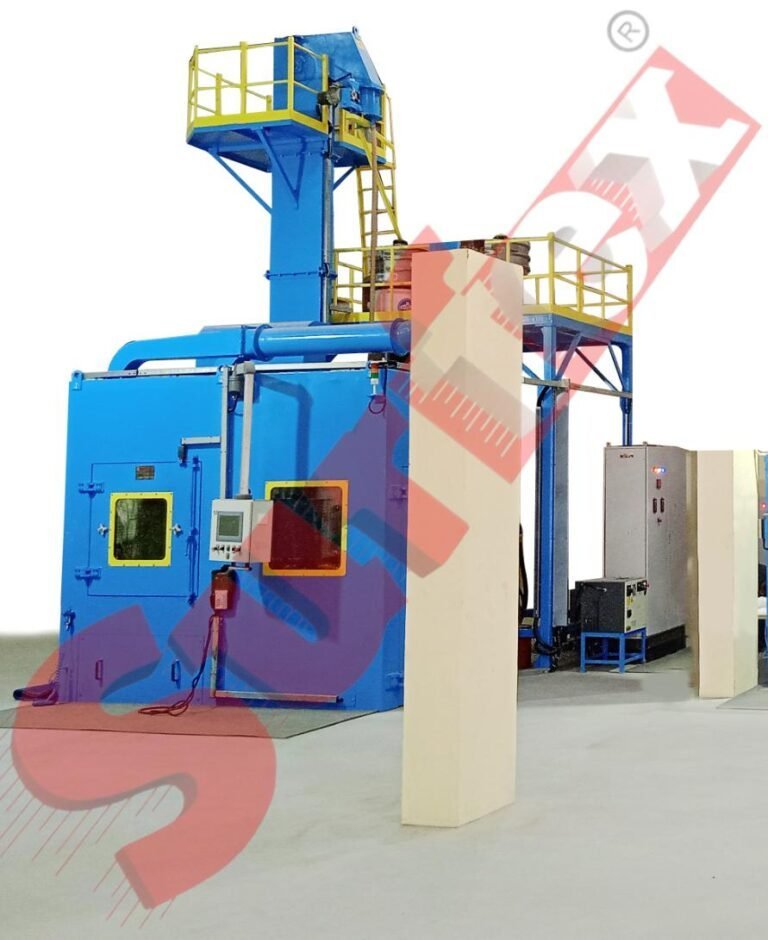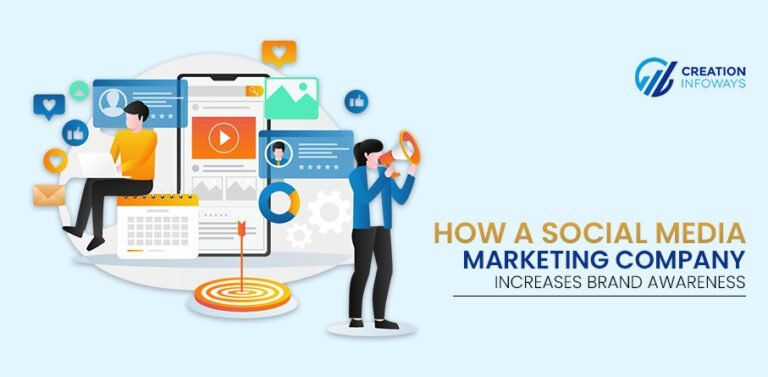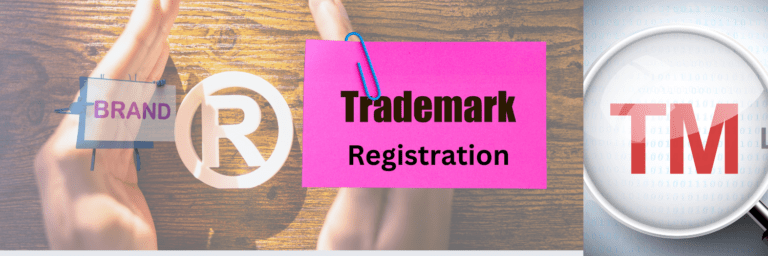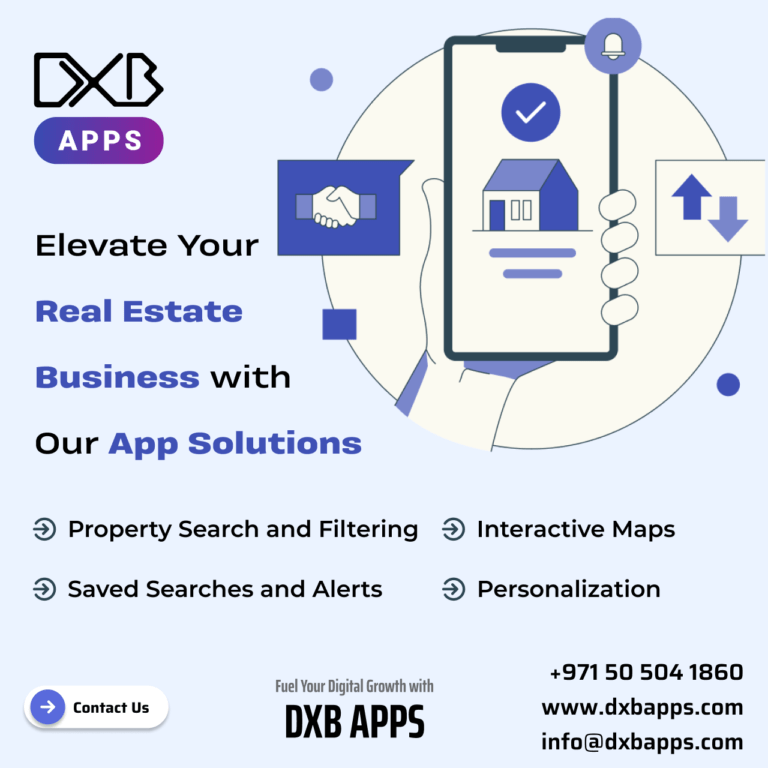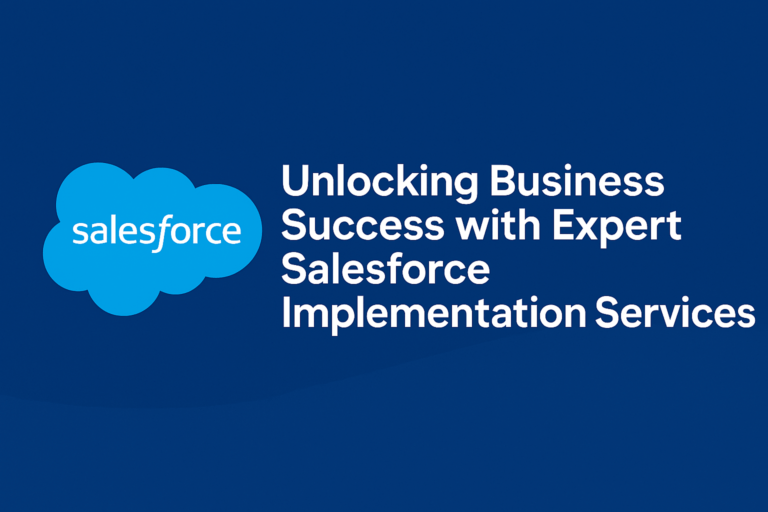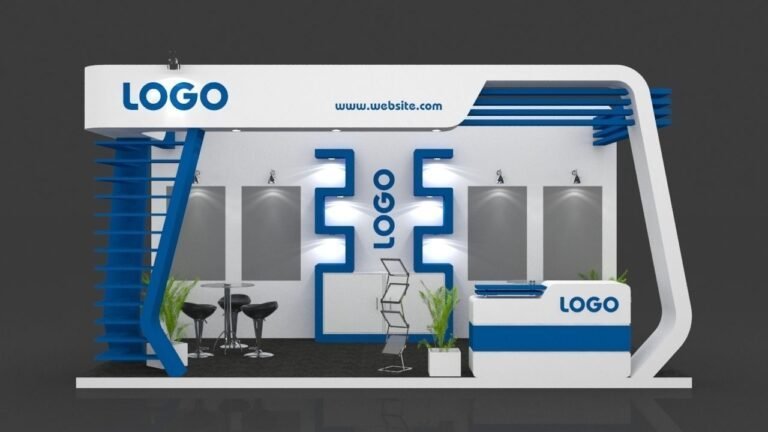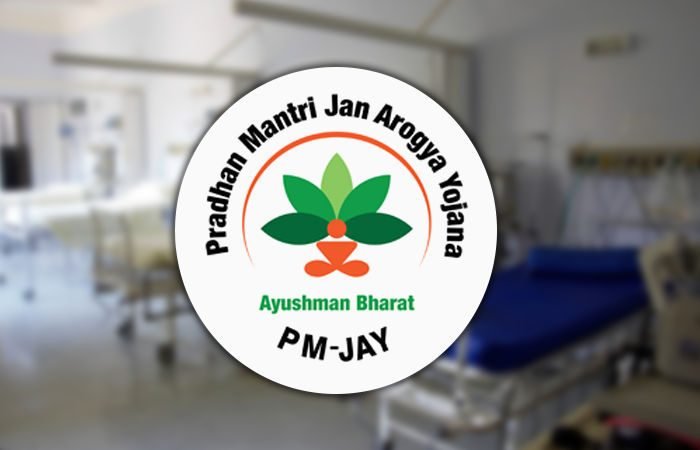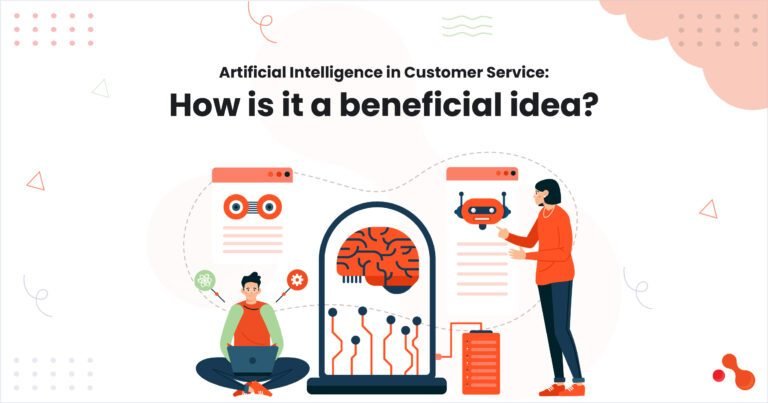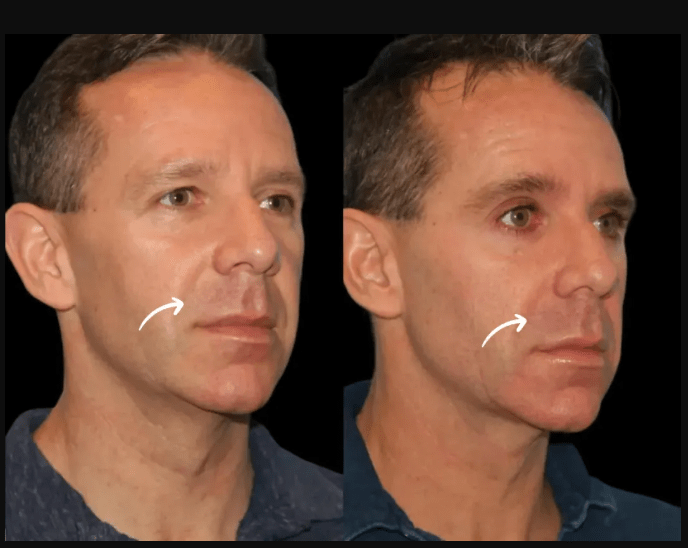The healthcare industry’s digital revolution necessitates the creation of efficient applications for handling different processes. Applications such as Electronic Health Records (EHR), telemedicine platforms, and remote monitoring applications for wearables all add value across the healthcare ecosystem.
However, several challenges exist in developing these applications. These include updating them frequently, ensuring data security, maintaining regulation standards, and meeting patient and business needs.
A structured healthcare application lifecycle management process can offer a solution to overcome these challenges. It can provide a comprehensive structure for managing the design, implementation, and support of healthcare applications.
The ALM market is expected to rise from $32.06 billion in 2023 to $59.2 billion in 2032 . This shows that ALM is being embraced across various industries and at a higher level.
Healthcare companies can also embrace application lifecycle management to organise their workflows, reduce redundancies, and align their application’s performance with business goals.
Understanding Healthcare Application Lifecycle Management
Healthcare application lifecycle management uses a systematic approach to manage the entire lifecycle of an application. It can address the unique complexities involved in the healthcare application development process from planning to deployment and updates.
Healthcare application lifecycle management can span across the SDLC, which is primarily a development and testing phase. Healthcare ALM focuses on constant monitoring and modification to ensure the application is always in compliance with the laws and regulations, secure, and adaptable.
Some of the key phases of healthcare application lifecycle management that help to achieve this include:
- Planning: It involves collecting requirements from stakeholders, identifying clear goals, and linking them to organisational needs. It is critical to adhere to regulations such as HIPAA and GDPR that highlight the need for patient-centred features in this phase.
- Development: It is a phase where applications are created, programmed, and designed concerning the particular needs of the healthcare system. Ensuring secure architecture for handling sensitive patient data, and designing user-friendly interfaces is crucial in this phase.
- Testing: Applications will undergo multiple tests in this phase. These include load testing to determine how an application performs when exposed to heavy usage, security testing to prevent data breaches, and compliance testing to ensure that an application fits certain guidelines.
- Deployment: Here applications are deployed to the production environment. Factors such as zero downtime, integration capabilities, and rollback plans are considered during deployment.
- Monitor and Update: Ongoing monitoring and regular updates ensure the continued performance of the application after product release. This phase involves addressing the problems with the software, installing new updates, and ensuring the application of new codes of practice.
This process of healthcare application lifecycle management comprises various advanced technologies. These include AI, machine learning, cloud computing, DevOps, IoT, and blockchain. Collectively, these technologies enable healthcare ALM to develop an application that is compliant and secure while improving patient outcomes.
Business Benefits of Healthcare Application Lifecycle Management
A successful healthcare application lifecycle management relies on cross-functional collaboration between various teams. These include development, testing, operations, and healthcare business stakeholders. Businesses that embrace this cross-functional approach can develop an efficient healthcare application that benefits them in multiple ways:
1. Improved Compliance and Security
The healthcare industry is subject to many regulations, such as HIPAA, GDPR, and FDA standards. All these principles are integrated into every stage of healthcare application lifecycle management, ensuring the applications’ regulatory compliance.
It also uses automated documentation and audit tools to ensure applications meet evolving standards. Healthcare ALM integrates DevSecOps in the development phase to secure sensitive patient information. This ensures compliance, proactive risk management, and data protection.
2. Enhanced Operational Efficiency and Productivity
Healthcare application lifecycle management operates with a structured approach that helps to optimise workflows, reduce redundancies, and improve productivity. With automation in coding, testing, and deployment, it eliminates manual errors and inefficiencies.
Healthcare ALM focuses on continuous monitoring and update which enables identifying performance issues and providing remediation quickly.
3. Higher Agility and Scalability
The technological advancements and evolving business needs necessitate healthcare applications to be agile and scalable. Healthcare application lifecycle management ensures this with its continuous monitoring and updating approach.
It enables applications to quickly update to changing regulatory requirements and patient needs. It also enables applications to smoothly integrate with new technologies such as telehealth, IoT, or AI analytics.
4. Reduced Time-to-Market
The structured processes of healthcare application lifecycle management lead to a faster development process, thus decreasing the time needed to bring the product to the market. It utilises CI/CD pipelines that facilitate continuous integration, reducing delays in updates or new releases.
The faster deployment of applications enables healthcare organisations to stay ahead of the competition in providing innovative solutions.
5. Cost optimisation
The healthcare application lifecycle management helps businesses reduce costs through efficient processes and risk management practices. The automation ability of healthcare ALM prevents manual errors and ensures on-time delivery, saving costs on delays.
It can also help to detect issues proactively, minimising service disruptions and saving costs on rework and related operations.
6. Improved Patient Outcomes
Applications developed as a result of healthcare application lifecycle management can meet patients’ needs precisely and enhance their outcomes. The applications can also keep organisations informed about changing user behaviour and help them make data-driven decisions.
Healthcare application lifecycle management is a process that aims to deliver easier-to-use and more intuitive applications. This further increases patient satisfaction, treatment compliance, and overall patient satisfaction.
Bottom Line
Businesses can get multiple benefits from healthcare application lifecycle management only when it is executed with a well-defined and consistent strategy. They need to align the healthcare ALM framework with their unique business goals and operational needs. This ensures that the application developed remains agile, scalable, and compliant.
With rising patient expectations, evolving regulatory requirements, and the need to adopt digital experiences, healthcare application lifecycle management will be crucial. It can help to stay competitive and meet the growing demands of the healthcare sector.
Tata Elxsi can aid in this aspect with its healthcare application lifecycle management services. Explore how it can transform your healthcare applications into secure, efficient, and innovative tools for better patient care and business growth.








